How To Test Speakers?
Testing speakers is an essential task for audiophiles, sound engineers, and anyone who wants to ensure their audio equipment is functioning correctly. Whether you're setting up a home theater system, installing a new car audio system, or simply checking the quality of your portable Bluetooth speaker, knowing how to test speakers effectively can save you time and money. In this article, we will explore various methods and tools to test speakers, ensuring you get the best sound quality possible.
Understanding Speaker Specifications
Before diving into the testing process, it's crucial to understand the basic specifications of your speakers. These specifications include:
1. Frequency Response: This indicates the range of frequencies the speaker can reproduce, typically measured in Hertz (Hz). A wider frequency response range generally means better sound quality.
2. Impedance: Measured in ohms (Ω), impedance affects how much power the speaker needs to operate. Matching the speaker's impedance with your amplifier is essential for optimal performance.
3. Sensitivity: Measured in decibels (dB), sensitivity indicates how loud the speaker will be at a given power level. Higher sensitivity means the speaker can produce more sound with less power.
4. Power Handling: This includes RMS (continuous power) and peak power ratings, measured in watts (W). Knowing these ratings helps you avoid damaging your speakers by overloading them.
Visual Inspection
Before conducting any audio tests, perform a visual inspection of your speakers. Check for any physical damage, such as tears in the cone, loose connections, or damaged wiring. Ensure that the speaker is securely mounted and that there are no obstructions in the speaker grille.
Basic Functionality Test
A basic functionality test involves playing audio through the speakers to ensure they are working. Here’s how to do it:
1. Connect the Speakers: Ensure that the speakers are correctly connected to the audio source, whether it's an amplifier, receiver, or computer.
2. Play Audio: Play a piece of audio that you are familiar with. This could be a song, a podcast, or a test tone.
3. Listen for Distortion: Pay attention to any distortion, crackling, or unusual sounds. These could indicate issues with the speaker or the audio source.
4. Check Each Speaker: If you have a multi-speaker setup, test each speaker individually to ensure they are all functioning correctly.
Frequency Response Test
Testing the frequency response of your speakers helps you understand how well they reproduce different frequencies. You can use specialized software or online tools to generate test tones across the frequency spectrum. Here’s how to conduct a frequency response test:
1. Generate Test Tones: Use a frequency generator to create test tones ranging from 20 Hz to 20,000 Hz, which covers the typical human hearing range.
2. Play the Tones: Play the test tones through your speakers at a moderate volume.
3. Listen Carefully: Pay attention to how the speakers handle different frequencies. You should hear a smooth transition from low to high frequencies without any significant dips or peaks.
4. Use a Microphone: For a more precise measurement, use a calibrated microphone and audio analysis software to create a frequency response graph.
Impedance Test
Testing the impedance of your speakers ensures they are compatible with your amplifier or receiver. Here’s how to do it:
1. Turn Off the Power: Ensure that the speaker and amplifier are turned off and disconnected from the power source.
2. Use a Multimeter: Set a multimeter to the ohms (Ω) setting.
3. Measure the Impedance: Place the multimeter probes on the speaker terminals. The reading should match the speaker’s rated impedance (e.g., 4Ω, 8Ω). A significantly different reading could indicate a problem.
Sensitivity Test
Testing the sensitivity of your speakers helps you understand how efficiently they convert power into sound. Here’s how to do it:
1. Set Up a Sound Level Meter: Place a sound level meter one meter away from the speaker.
2. Play a Test Tone: Play a 1 kHz test tone at a specific power level, usually 1 watt.
3. Measure the Sound Level: The sound level meter will give you a reading in decibels (dB). Compare this reading to the speaker’s rated sensitivity.
Power Handling Test
Testing the power handling of your speakers ensures they can handle the power output of your amplifier without damage. Here’s how to do it:
1. Check the Ratings: Ensure you know the RMS and peak power ratings of your speakers.
2. Gradually Increase Volume: Play audio through the speakers and gradually increase the volume.
3. Monitor for Distortion: Listen for any signs of distortion or stress. If you hear any, reduce the volume immediately to avoid damage.
Advanced Testing Methods
For those who want to delve deeper into speaker testing, there are advanced methods and tools available:
1. Room Acoustics Analysis: Use room acoustics software to analyze how your speakers interact with the room. This can help you optimize speaker placement and room treatment for better sound quality.
2. Waterfall Plot: A waterfall plot shows how sound decays over time, helping you identify resonances and other issues.
3. Impulse Response: This measures how quickly a speaker responds to a signal, providing insights into its transient performance.
Testing your speakers is a crucial step in ensuring you get the best possible sound quality from your audio system. By understanding speaker specifications, performing visual inspections, and conducting various audio tests, you can identify and address any issues that may affect performance. Whether you're a casual listener or a professional sound engineer, these testing methods will help you achieve optimal audio performance.
Remember, the key to effective speaker testing is a combination of subjective listening and objective measurements. Trust your ears, but also rely on tools and techniques to provide accurate data. With the right approach, you can enjoy high-quality sound from your speakers for years to come.



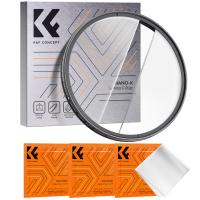

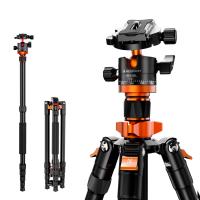
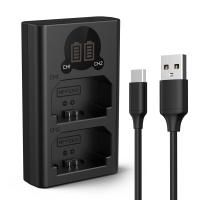
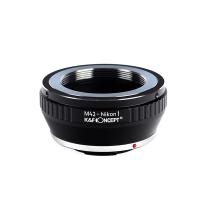









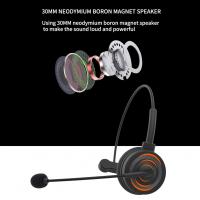

There are no comments for this blog.